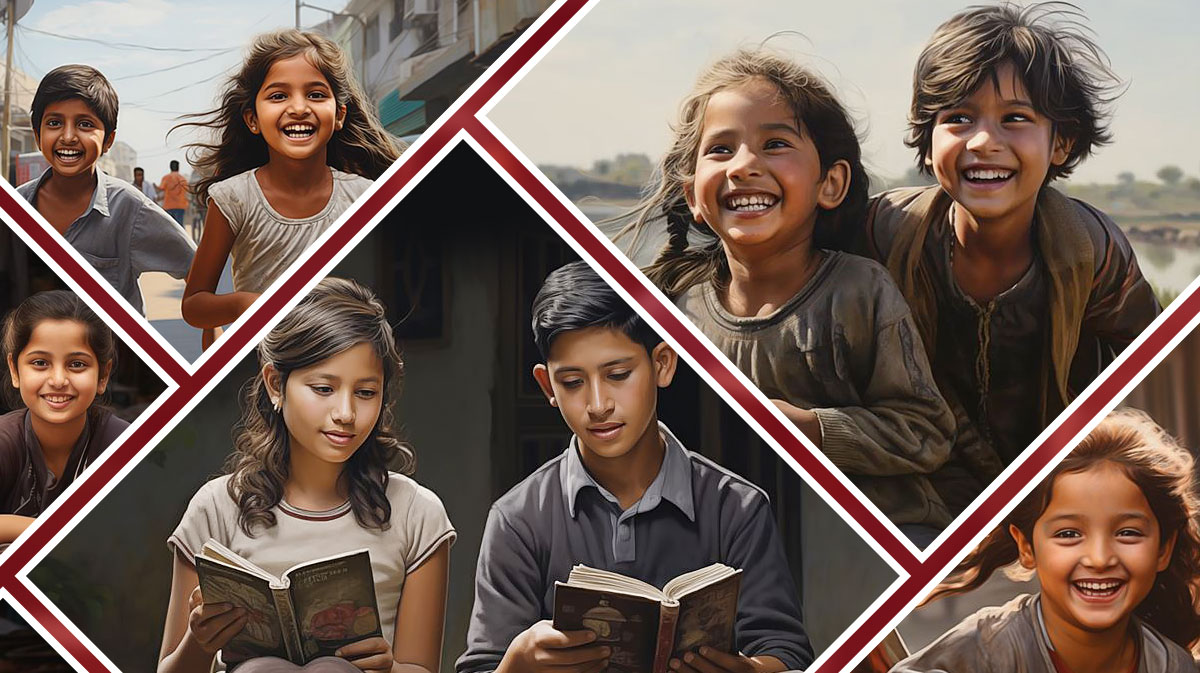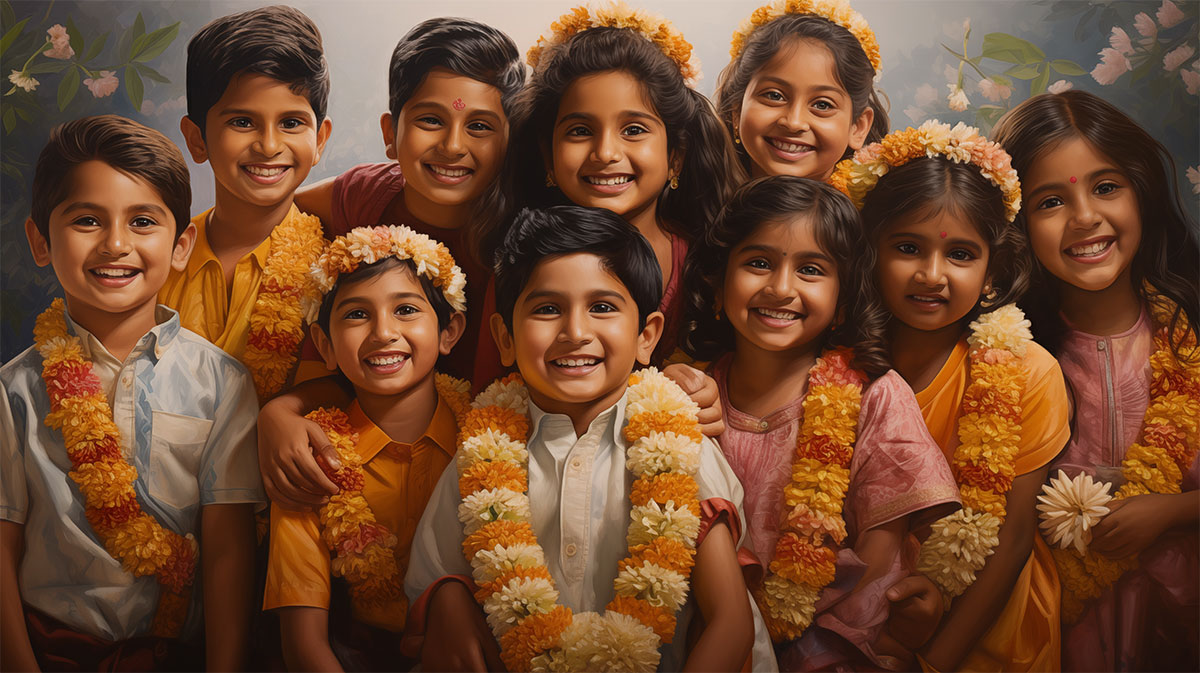
About 15% of the world’s population identifies as Hindu. One is born a Hindu, and that is accepted by all families.
There are officially about 22 individual languages, but unofficially, more than 120 languages are spoken with many dialects.
Portions of the Bible are available in only half of these languages.
Originating over 3,000 years ago, the caste system divides Hindus into five main categories and is still active in modern-day India. Deeply rooted in Hinduism’s beliefs in karma and reincarnation, this societal organization can dictate where people live, with whom they associate, and even what water they can drink.
Many believe the caste system originated from Brahma, the Hindu God of creation.
While the caste system is less prevalent in major cities, it still exists. In rural India, castes are very much alive and determine what job a person can have, to whom they can speak, and what human rights they might have.
The presence of Christianity in India dates back to ancient times, tracing its roots to the apostle Thomas, who is believed to have arrived on the Malabar Coast in the first century AD. Over the centuries, the Christian church in India has experienced a complex and diverse history, contributing to the religious tapestry of the country.
After the arrival of Thomas, Christianity gradually spread along the west coast of India. The appearance of European colonizers in the 15th century, including the Portuguese, Dutch, and British, further influenced the growth of Christianity. Missionaries played a crucial role in establishing churches, schools, and hospitals, impacting India’s social and educational landscape.
The church in India today represents roughly 2.3% of the population. It encompasses various denominations, including Roman Catholic, Protestant, Orthodox, and independent churches. Kerala, Tamil Nadu, Goa, and the northeastern states have a significant Christian presence.
As is the case in many parts of the world, some may choose to follow Jesus but continue to identify culturally as Hindu.
Significant challenges to the growth of the church include occasional religious intolerance and conversions being criticized as a threat to indigenous culture. The caste system has been difficult to eradicate, and the current government has largely ignored a climate of prejudice and outright oppression in parts of the country.
Diwali, also known as Deepavali, is one of the most celebrated festivals in Hindu culture. It symbolizes the triumph of light over darkness and good over evil. This joyous occasion brings together families, communities, and regions to honor ancient traditions, spread happiness, and create a vibrant atmosphere of spiritual renewal.
For Hindus, Diwali carries profound spiritual and cultural significance. It represents the victory of Lord Rama, the seventh avatar of Lord Vishnu, over the demon king Ravana and the return of Lord Rama to Ayodhya after a 14-year exile. The lighting of oil lamps called diyas and bursting fireworks are symbolic gestures that ward off evil and invite prosperity, happiness, and good fortune. Diwali also holds significance in other religious contexts, such as celebrating the goddess Lakshmi, the Hindu deity of wealth and prosperity.
Diwali is a time of spiritual reflection, renewal, and joy for Hindu communities. It encapsulates the values of triumph over darkness, good over evil, and the importance of familial and community bonds. This celebration of light and happiness brings people closer, inspiring them to spread love, peace, and prosperity throughout the year.


